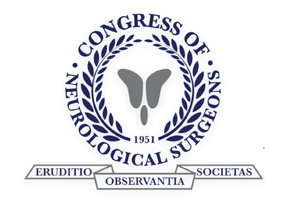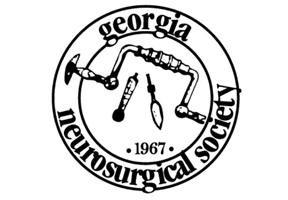 Your spinal cord has a very important role in the human body. It is responsible for relaying brain-to-body messages, performing hundreds of actions, and coordinating reflexes. It’s no surprise that such an important part of the body is protected by 33 vertebrae. But, what happens if one or more of your vertebrae are hurt and cannot protect the spinal cord as it should?
Your spinal cord has a very important role in the human body. It is responsible for relaying brain-to-body messages, performing hundreds of actions, and coordinating reflexes. It’s no surprise that such an important part of the body is protected by 33 vertebrae. But, what happens if one or more of your vertebrae are hurt and cannot protect the spinal cord as it should?
If you experience broken vertebrae, weakness, or a herniated disc, the team at Georgia Neurosurgical Institute can help. Consider the following frequently asked questions about the spinal fusion procedure:
How can a spinal fusion help?
The purpose of a spinal fusion is to connect two or more vertebrae within the spine. This permanent connection will reduce the nerve compression pain that you’re feeling and help improve your stability. A spinal fusion can help with any of the following conditions:
- Herniated disk(s)
- Instability within the spine
- Shattered vertebrae
- Spine deformities
- Spondylolisthesis
What happens during a spinal fusion procedure?
While you are under anesthesia, your neurosurgeon will conduct three important steps. He will make an incision to gain access to your spine, prepare the bone graft that will be used, and fuse the chosen vertebrae together. You will not feel any discomfort, as the anesthesia is used to block pain, eliminate memory of the event, and reduce anxiety.
What should I expect after the spinal fusion procedure?
You may experience discomfort for several days to even a few weeks after the procedure. However, you will be prescribed medication to help with the pain. During the first couple of months, it is important to remember that your bones need time to rest and heal. Physical therapy may be recommended so your bones can learn how to function now that they are fused together.
The spinal fusion procedure has high success rates. If you have any questions about this procedure or any of the spinal conditions listed above, don’t hesitate to contact our team.







